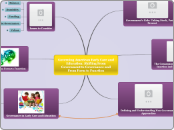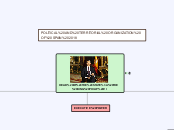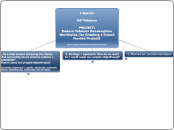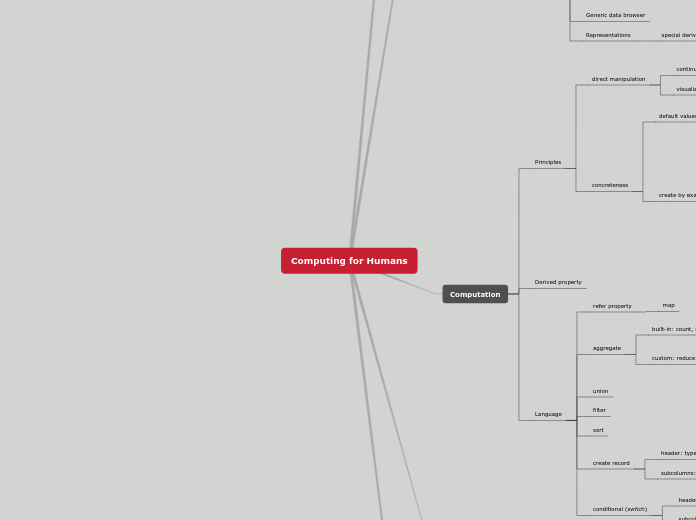作者:Sarah Fuenfgeld 11 年以前
848
Governing American Early Care and Education: Shifting From Government to Governance and From Form to Function
The concept of governance is distinct from government, emphasizing collaborative decision-making involving both public and private actors rather than hierarchical structures. Governance involves a collective process where decisions are made, responsibilities allocated, and accountability established.









